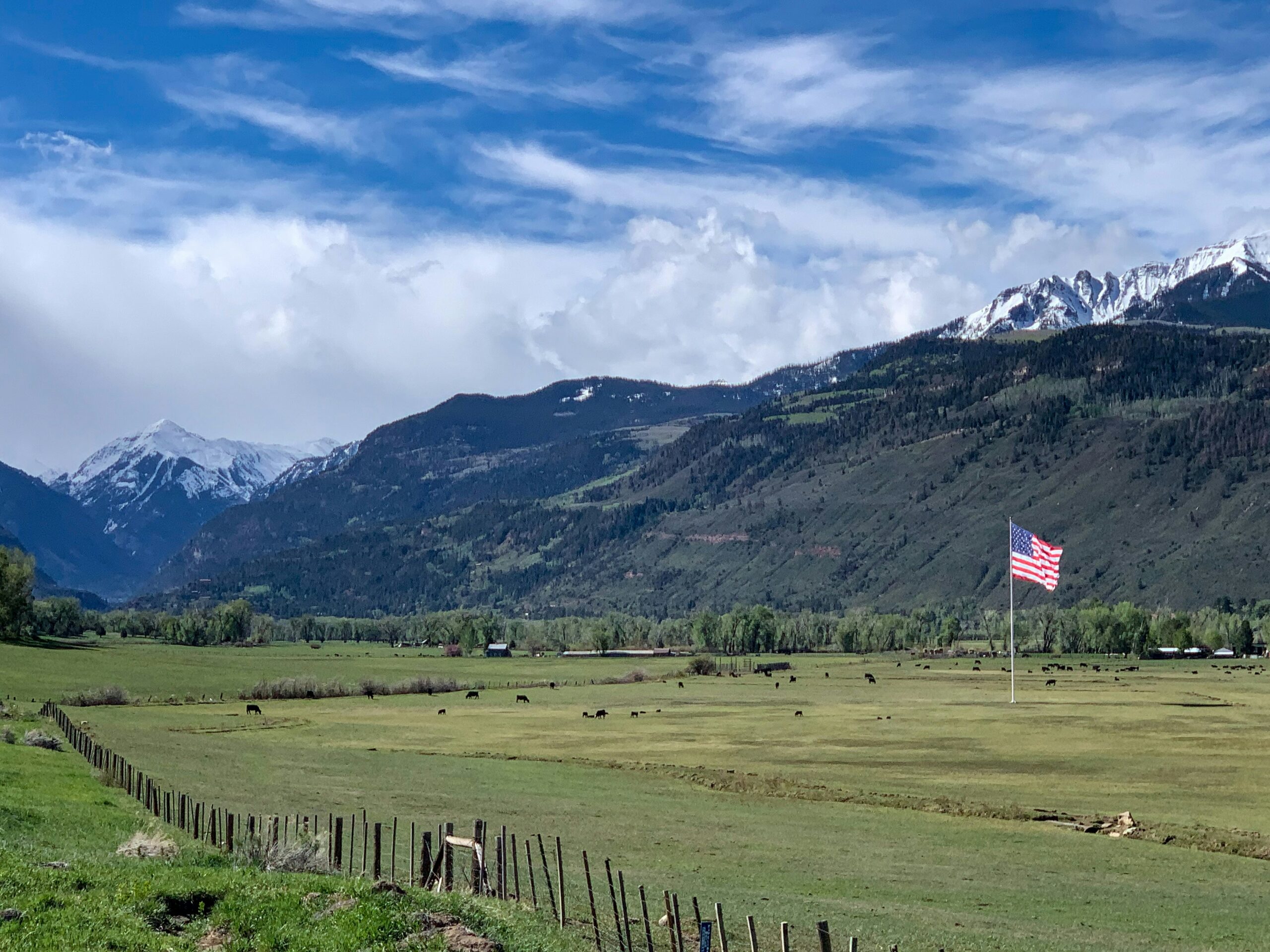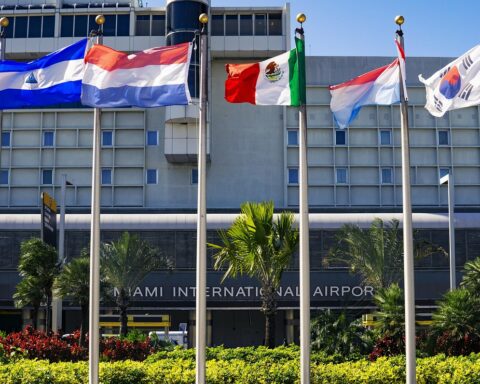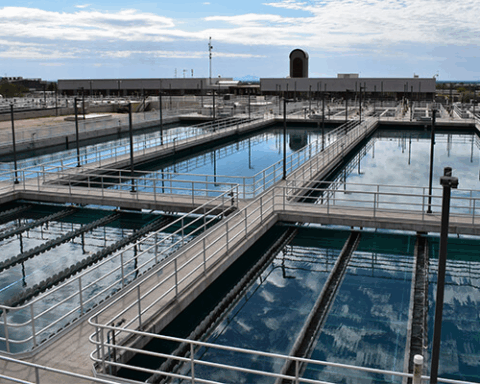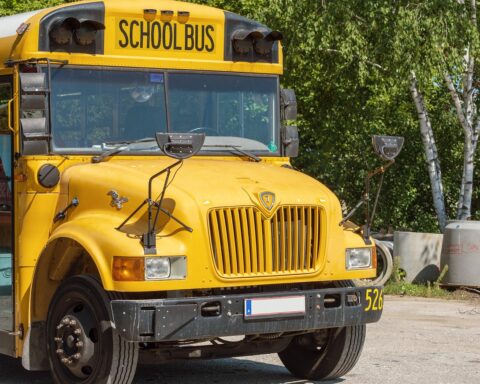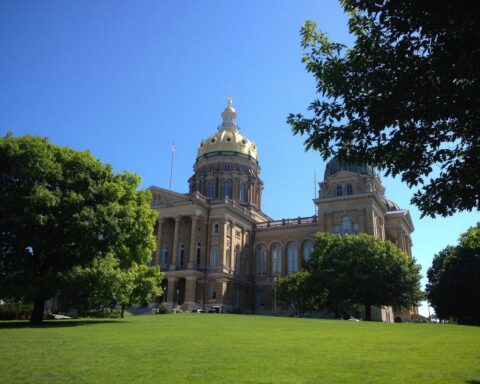America’s farms and forests are playing their part to mitigate climate change with a mix of both public and private funding. The U.S. Department of Agriculture recently announced a $1.5 billion investment across 92 conservation projects, with private funders providing an additional $968 million in contributions. The goal of the funding is to help farmers, ranchers and forest landowners implement conservation strategies.
Administered as part of the Regional Conservation Partnership Program (RCPP) the funding comes from appropriations set aside in the Farm Bill and the 2022 Inflation Reduction Act. The latter includes a total of $19.5 billion for USDA conservation programs, including $4.95 billion specifically for RCPP.
RELATED: USDA invests $66 million for forest, conservation projects
As agricultural lands face increasing climate pressures, this investment addresses critical challenges in food system resilience. The projects target multiple priorities, from reducing livestock methane emissions and increasing water conservation amid drought conditions to promoting wildlife habitat conservation. This comprehensive approach aims to both mitigate climate impact and strengthen agricultural sustainability.
The funding’s geographic reach spans the entire nation, with significant investments across major conservation priority regions defined by the USDA. The Mississippi River Basin received the largest regional allocation with approximately $290 million supporting 12 projects across multiple states including Iowa, Illinois, and Missouri.
The Prairie Grasslands Region follows with $173 million for nine projects, primarily in Montana, Nebraska, and the Dakotas, while the Western Waters region secured $110 million for seven projects focusing on drought resilience in states like California and Oregon.
The Northeast Forests and Waters region was awarded $76 million for five projects across states including Maine and Massachusetts, and the Longleaf Pine Range received $75 million for three projects in southeastern states such as Florida and Mississippi.
Additionally, numerous projects operate outside these designated regions. Measuring up the states receiving the most total funding, Oregon leads with $85.9 million for 5 projects, followed by Nebraska obtaining $85.1 million for four projects and California receiving $75.4 million for five projects. The distribution ensures that conservation efforts address both regional priorities and state-specific environmental challenges, with 39 states receiving direct funding for at least one project.
In Oregon, the Pilot Butte Canal King Way Irrigation Modernization and Conservation project received $25 million to install canal piping and implement public outreach campaigns for water conservation. This project looks to save water in the Central Oregon Irrigation District and increase flows in the Upper Deschutes River to benefit endangered species. In total, the project is expected to increase river flow from 100 to 300 cubic feet per second by 2028.
Montana’s Grasslands and Wildlife Corridors project, led by the nonprofit Pheasants Forever, secured $25 million to improve 120,000 acres of grasslands. The project includes removing 200 miles of fence to allow free movement of wildlife, seeding 5,000 acres of grass with native species and establishing reliable livestock water on 100,000 acres of grasslands.
The National Fish and Wildlife Foundation’s $25 million project in Mississippi aims to restore climate-resilient longleaf pine forests. The initiative will engage 1,000 private landowners to preserve and improve the ecosystem on 50,000 acres of longleaf pine, focusing on sustainable carbon storage and wildlife habitats.
Operating on the great plains, the InterTribal Buffalo Council received funding for three distinct regional projects totaling $63.75 million across multiple states. These projects combine traditional ecological practices of Indigenous people with modern conservation techniques, aiming to restore native grasslands using buffalo while addressing cultural preservation, carbon sequestration and greenhouse gas reduction.
While this announcement represents currently awarded projects, USDA continues to support conservation through multiple programs. Since 2021, RCPP has made 334 awards totaling more than $3 billion.
Photo by Carla Antico on Unsplash



